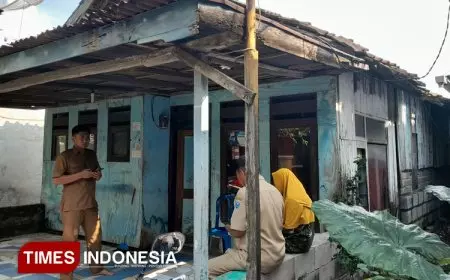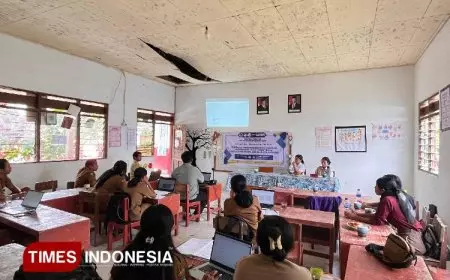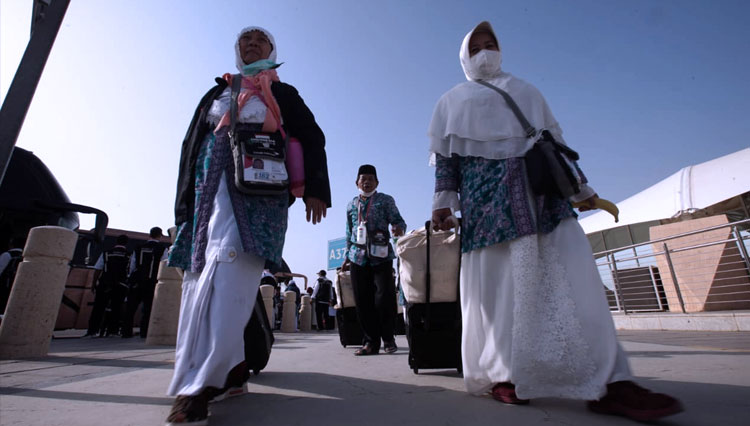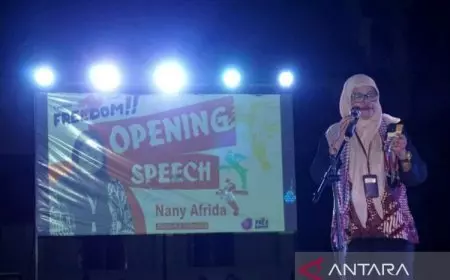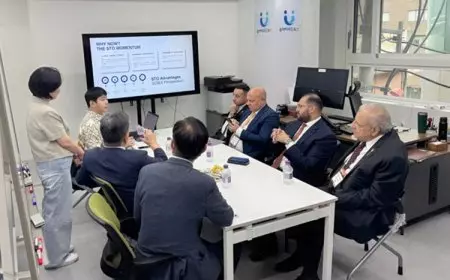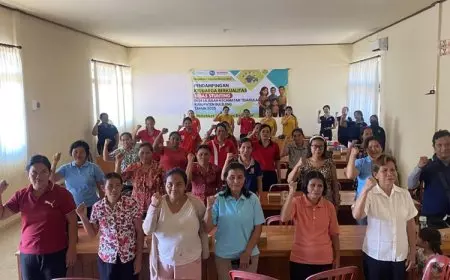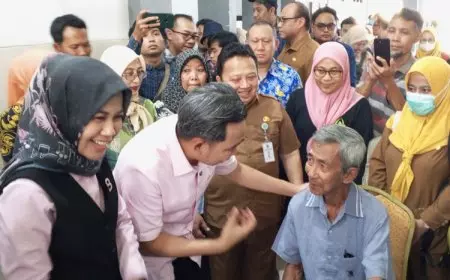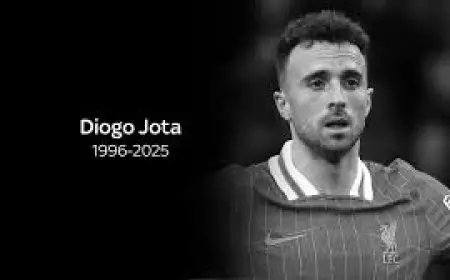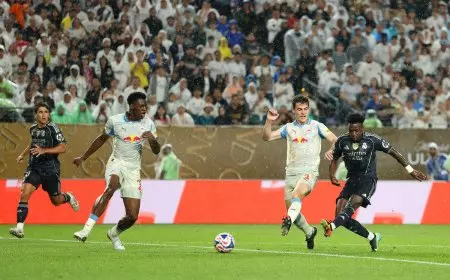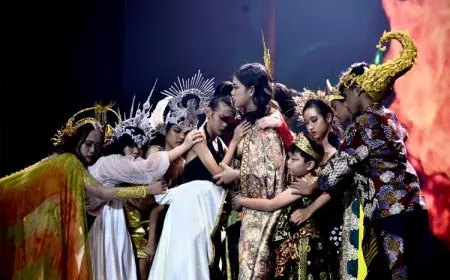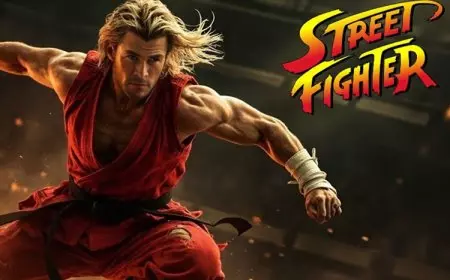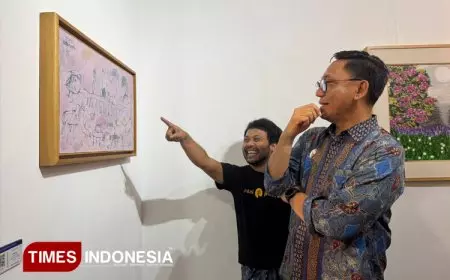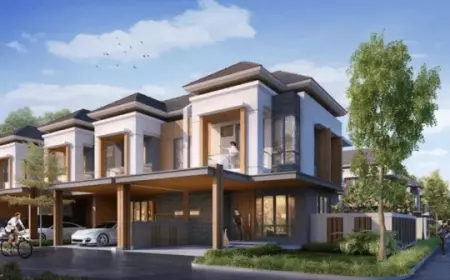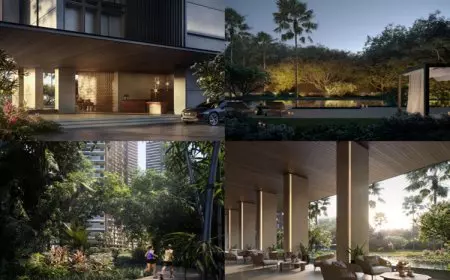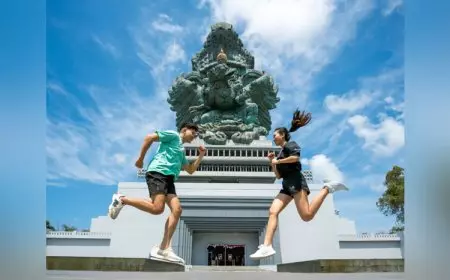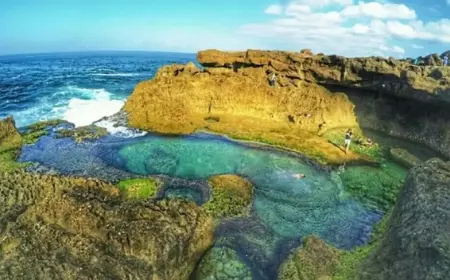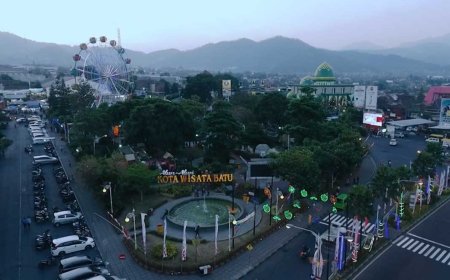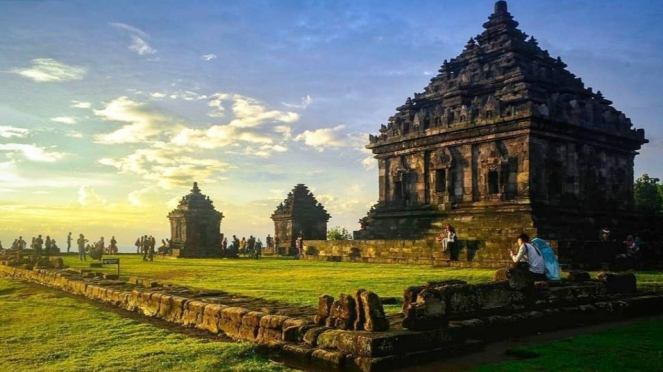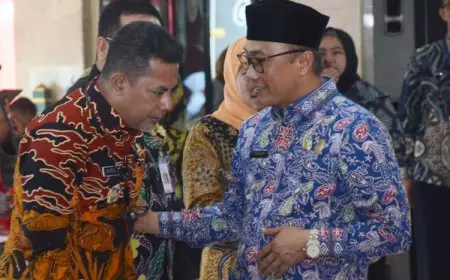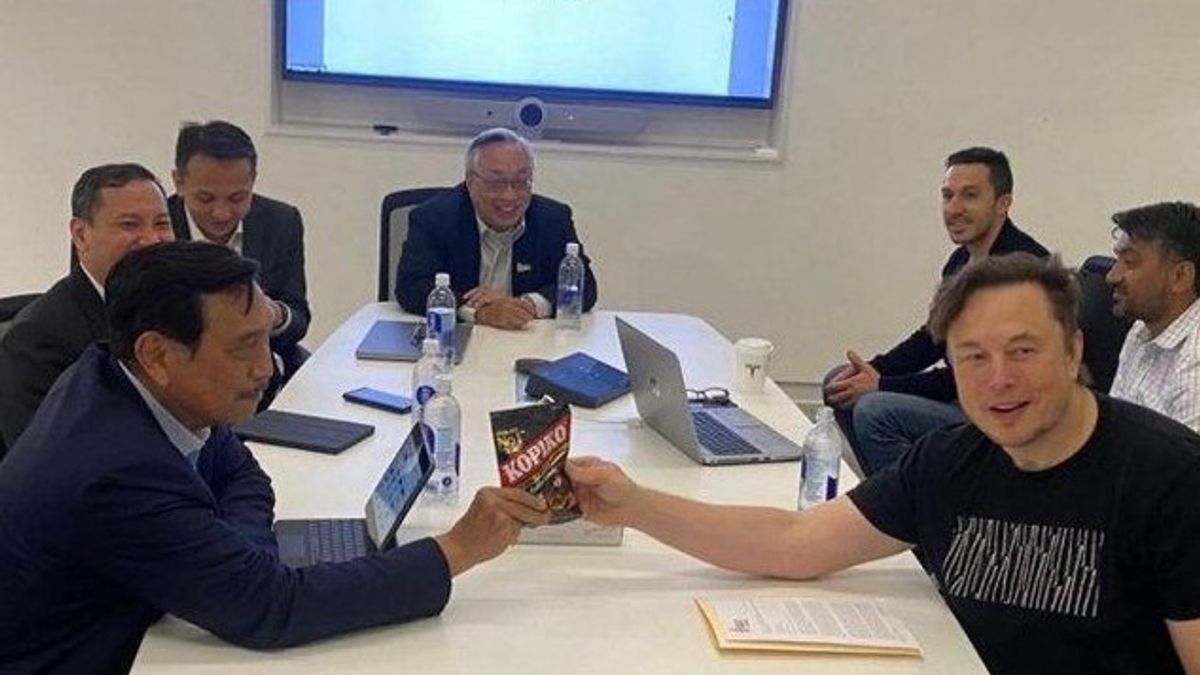Inside Out: What Happens Inside a 3D Animation Studio

TIMES Network – In Singapore, when businesses or agencies seek out a 3D animation studio, they’re usually focused on two things: visual quality and cost.
But the real secret to a successful project doesn’t lie in glossy renders or impressive effects—it lies in how the studio functions behind the scenes.
Unless you understand how this system works, you’re likely to judge studios on surface-level criteria, missing what actually drives project success.
Let’s check this in detail.
1. Parallel Pipelines: The True Engine of a 3D Animation Studio
Forget the myth of a linear process.
In a real 3D animation studio, production workflows run in parallel, not in a straight line. This means that multiple departments, including writing, modeling, rigging, animation, lighting, sound, and rendering, are all working simultaneously, each at different stages of the pipeline.
Here’s a breakdown of what happens at the same time:
• Writers refine the script as concept artists develop storyboards and moodboards.
• 3D modelers sculpt characters and environments while rigging artists set up digital skeletons.
• Animators test body mechanics even before the final audio is recorded.
• Technical artists simulate real-world effects, like smoke, hair, or cloth, based on physics engines.
• Render leads run benchmarks to preempt issues in output speed and file weight.
This interconnected structure demands a high degree of coordination, and the best 3D animation studios ensure seamless coordination through pipeline supervisors, version control systems, and daily check-ins.
2. You’re Not Just Paying for a Video—You’re Paying for Workflow Discipline
This is one of the most misunderstood parts of hiring a 3D animation studio.
Clients often evaluate studios based solely on aesthetics. But seasoned studios deliver consistent quality because of their workflow maturity.
Here’s what this includes:
• Asset versioning – Ensures feedback is applied correctly across departments without breaking scenes.
• Cross-department integration – Keeps narrative, visuals, and simulation in sync.
• Render queue management – Prevents bottlenecks and makes better use of render farms.
• Feedback loops – Built-in checkpoints ensure you’re never too far from your original creative brief.
To be precise, you’re not just hiring creatives; you’re hiring a system.

3. Pre-Production: The Most Critical (and Most Overlooked) Stage
Inside a 3D animation studio, pre-production is where most of the value is either protected or lost.
https://www.youtube.com/watch?v=R2FLaDxQiuE&t=1s
Clients often underestimate the depth of work done here. A serious studio will:
• Develop script drafts that align with visual narrative logic
• Produce animatics (animated storyboards) to pre-test timing and shot sequence.
• Define visual language through styleframes, reference moodboards, and early lighting tests.
• Map technical constraints for complex simulations or tight delivery schedules.
Without this phase being solid, production becomes chaotic and expensive. A well-planned pre-production stage prevents:
• Unnecessary re-renders.
• Last-minute creative pivots.
• Budget creep from mid-project scope changes.
Note: Studios that invest heavily in this stage usually have the cleanest deliveries.
4. Inside Production: Controlled Chaos Made Beautiful
Production is the place where the 3D animation studio turns planning into pixels. It’s also the phase where clients often expect “magic” to happen instantly, but it’s a methodical, high-detail animation process.
What’s really going on:
• Animation: Artists study motion reference, blocking poses, and emotional arcs before finalising full movement. Tools like Maya, Blender, or Cinema 4D are used with curve editors to refine every frame.
• Simulation: Cloth, fluid, dust, and hair effects are simulated based on physics, requiring dozens of iterations per element to look natural.
• Lighting: Scenes are lit not just for mood, but also for efficiency. A minor lighting change can save hours in render time.
• Rendering: Each frame is rendered across multiple passes (diffuse, reflection, depth, etc.), then combined later for maximum control in post.
5. Post-Production: The Layer Where Story and Polish Converge
The post-production department of a 3D animation studio is not just where files get stitched together. It’s where the final emotional resonance of the animation is crafted.
Here's what happens:
• Compositing: All render passes are combined and polished. Backgrounds, foregrounds, light glows, motion blur, and colour adjustments are added.
• Audio integration: Voiceovers, music, and SFX are synced frame-by-frame to match animation beats.
• Aspect ratio & formatting: Videos are exported in different ratios (16:9, 1:1, or 9:16) for platforms like YouTube, social media, or events.
• Final quality control: Studios check every frame for artefacts, sound glitches, frame rate mismatches, and audio-video sync issues before delivery.
The best 3D animation studios also offer versioned masters, giving clients options for reuse or localisation without needing a full re-render.
The Studio Is an Orchestra, Not a Soloist
A high-performing 3D animation studio isn’t just full of talented individuals—it’s an ecosystem of disciplines that work in harmony.
If you’re looking for a studio that does more than just deliver animation, one that protects your idea, ensures clarity throughout, and executes with precision, don’t just look at the reel. Look under the hood.
That’s where the real magic happens!
Apa Reaksi Anda?







